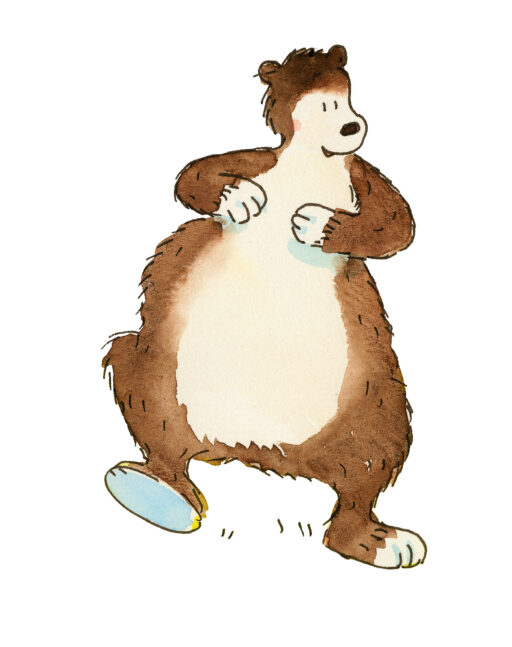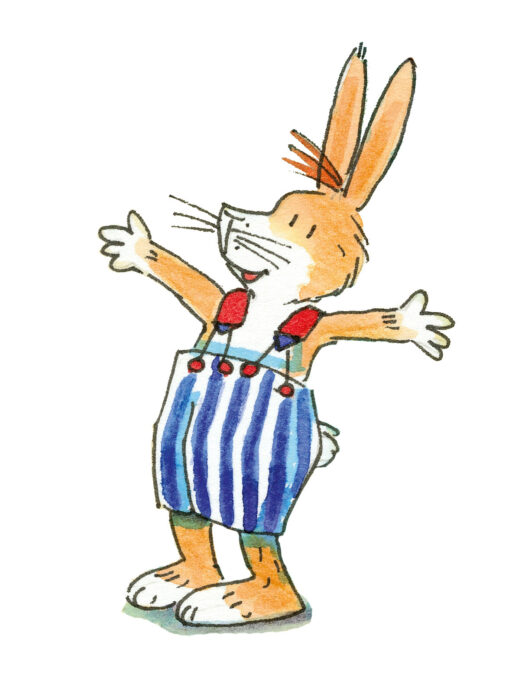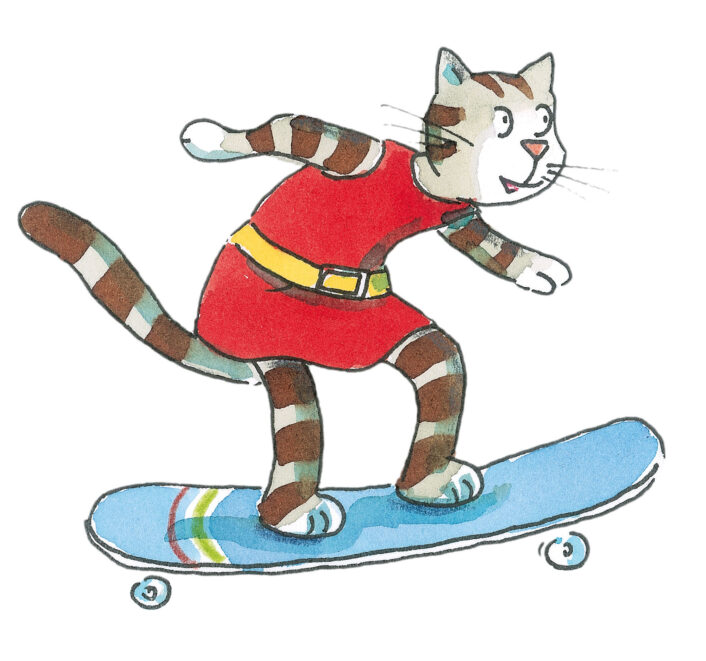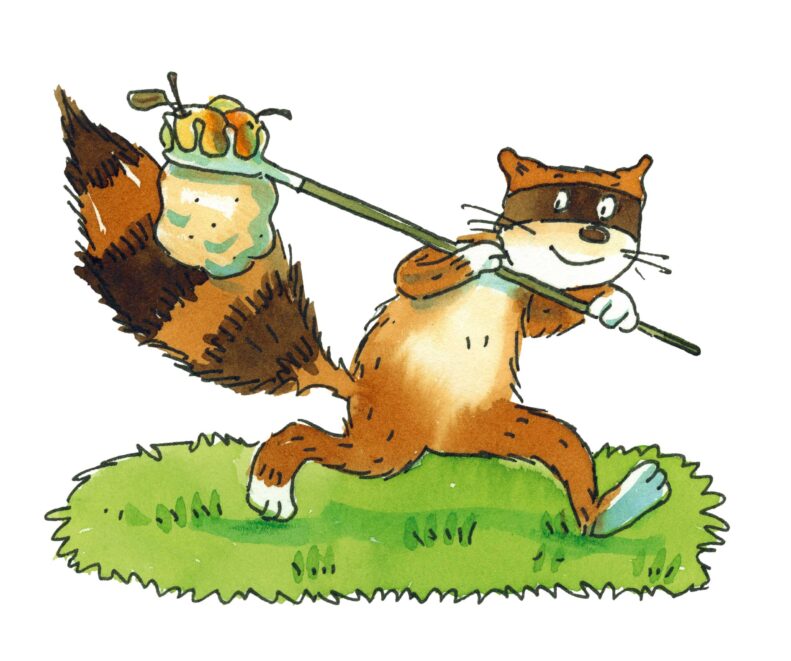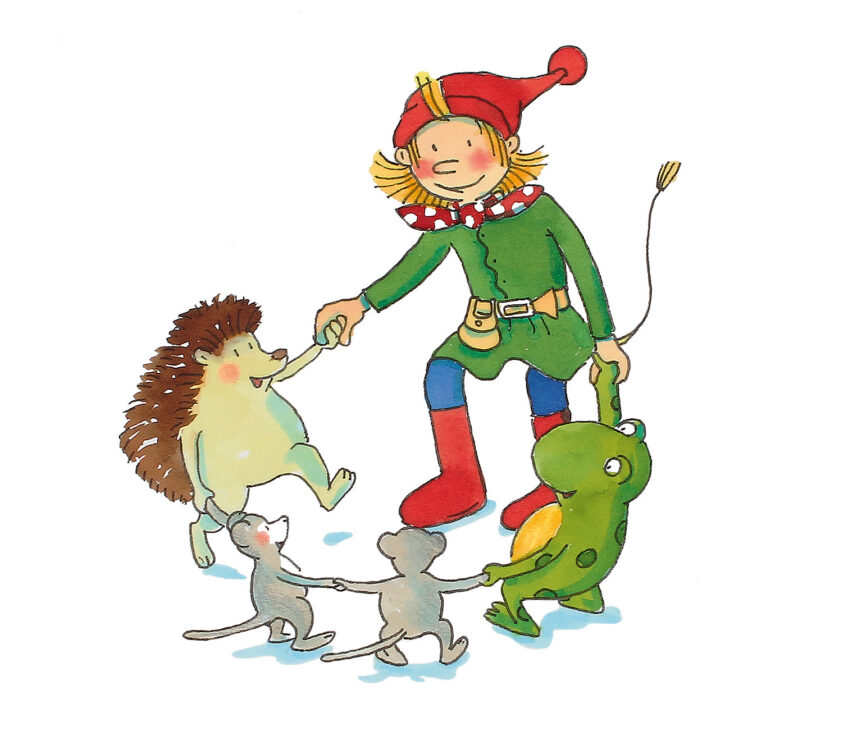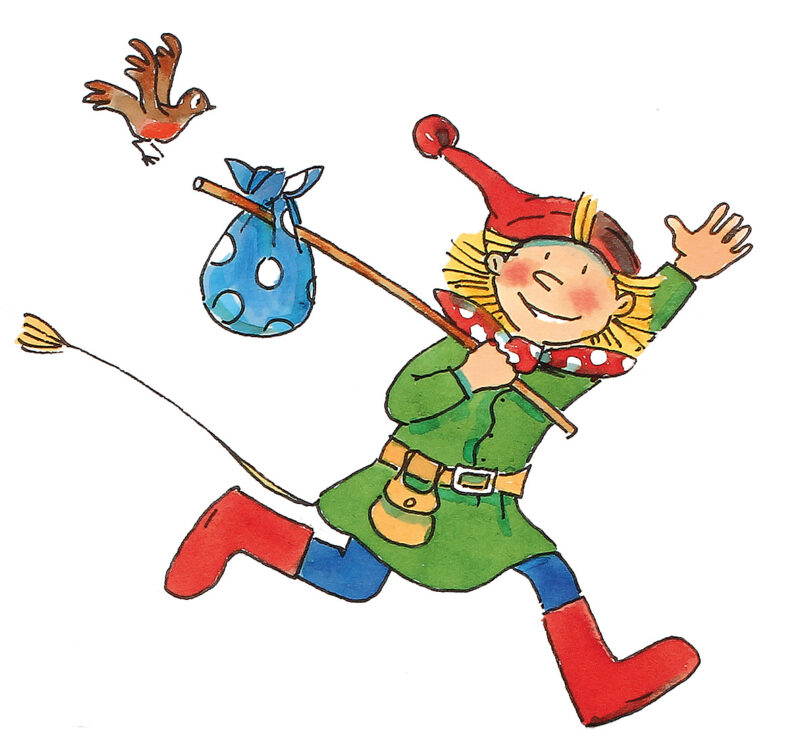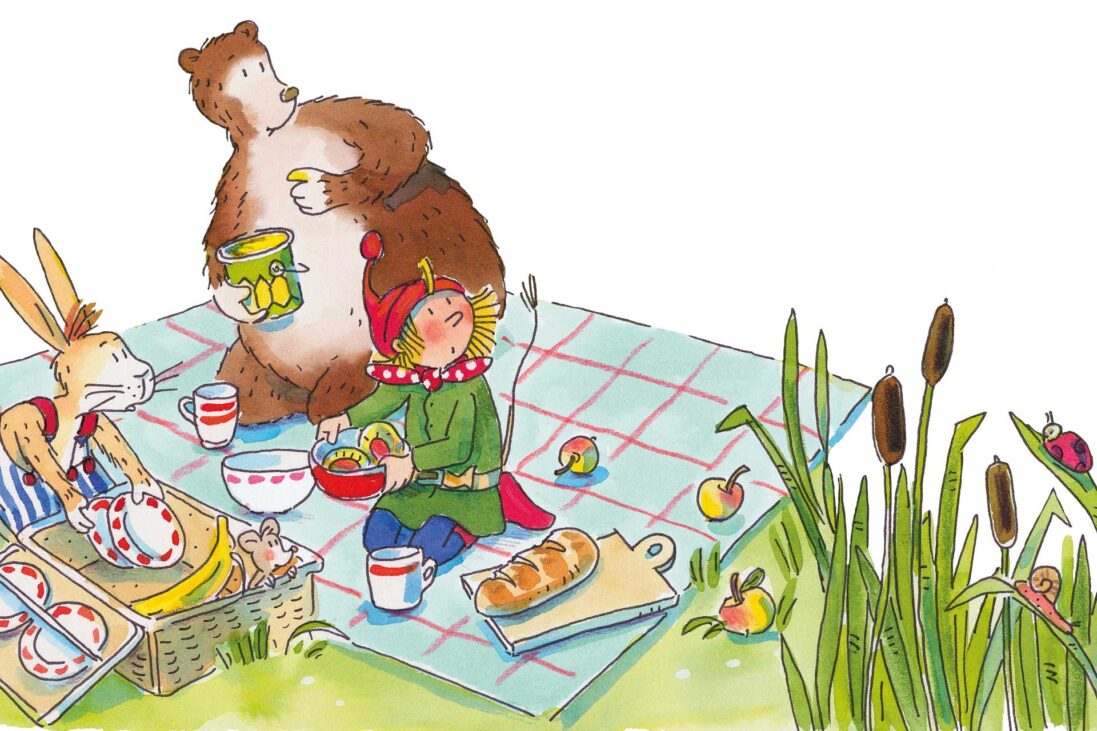
Who doesn’t know the little square Pixi books?
They are first reading books, rewards, bedtime reading, contents of Advent calendars and birthday bags, coveted collector’s items and, last but not least, a registered and firmly established trademark.
With over 2,600 different titles and 12 million books sold each year, “Pixi” is the biggest picture book series of all time. The first Pixi book was published in Germany in 1954 with the title “Miezekatzen” and the Pixi series will be 70 years old in 2024. In the early 1950s, publisher Per Hjald Carlsen and his Altona publishing house wanted to offer high-quality picture books at the lowest possible price. His aim was to promote reading: every child should be able to own a book and develop a love of reading. He chose the format of 10 x 10 cm with 24 pages and named it after the English word “pixy”. The format made perfect use of a printed sheet and so the small books could be produced for 0.50 DM – today they cost 0.99 euros.
In order to appeal to as many children as possible, the Pixi series was and is sold not only in bookshops, but also in many other places.
The first Pixi book was published in Germany in 1954 with the title “Miezekatzen” (Kitty Cats), and Pixi will be 70 years old in 2024. The Danish publisher Per Hjald Carlsen wanted to offer high-quality picture books at the lowest possible price with his publishing house founded in Hamburg in the early 1950s. His aim was to promote reading: every child should be able to own a book and enjoy reading. He chose the format of 10 x 10 cm and 24 pages and named it after the English word “pixie”.
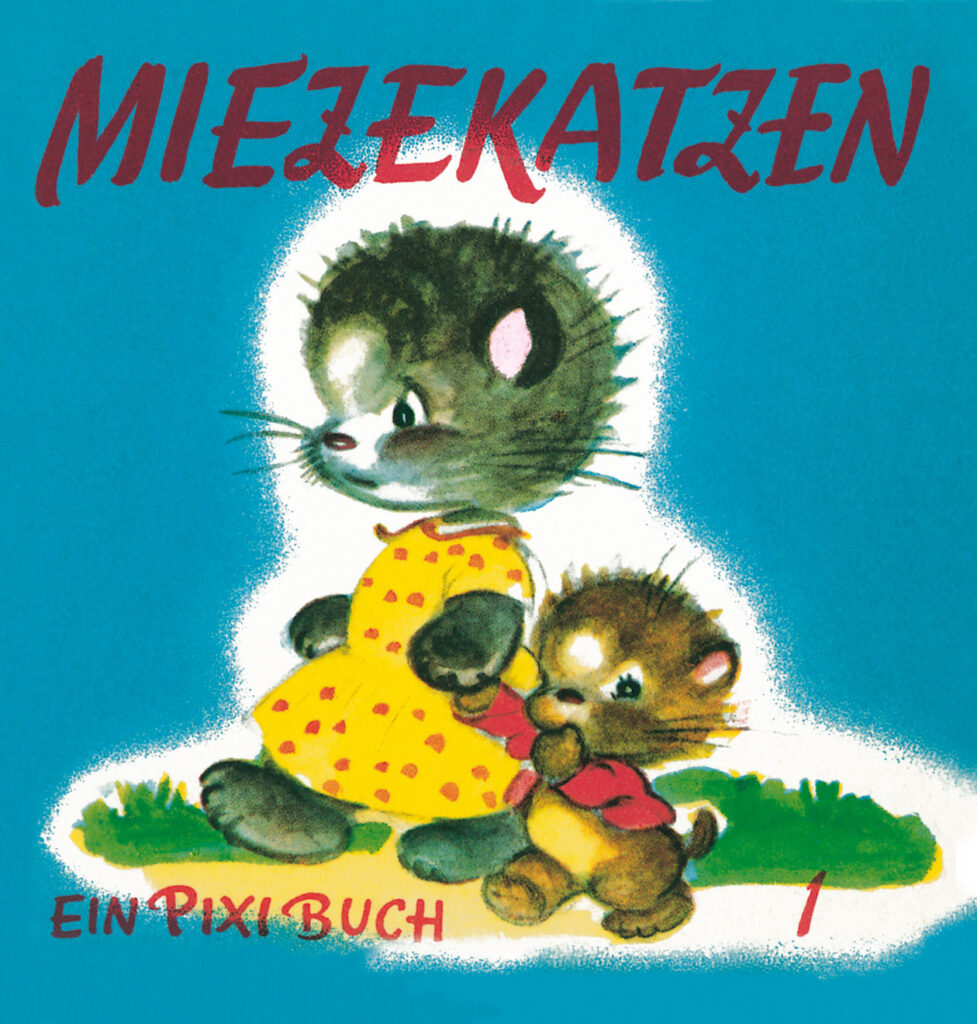
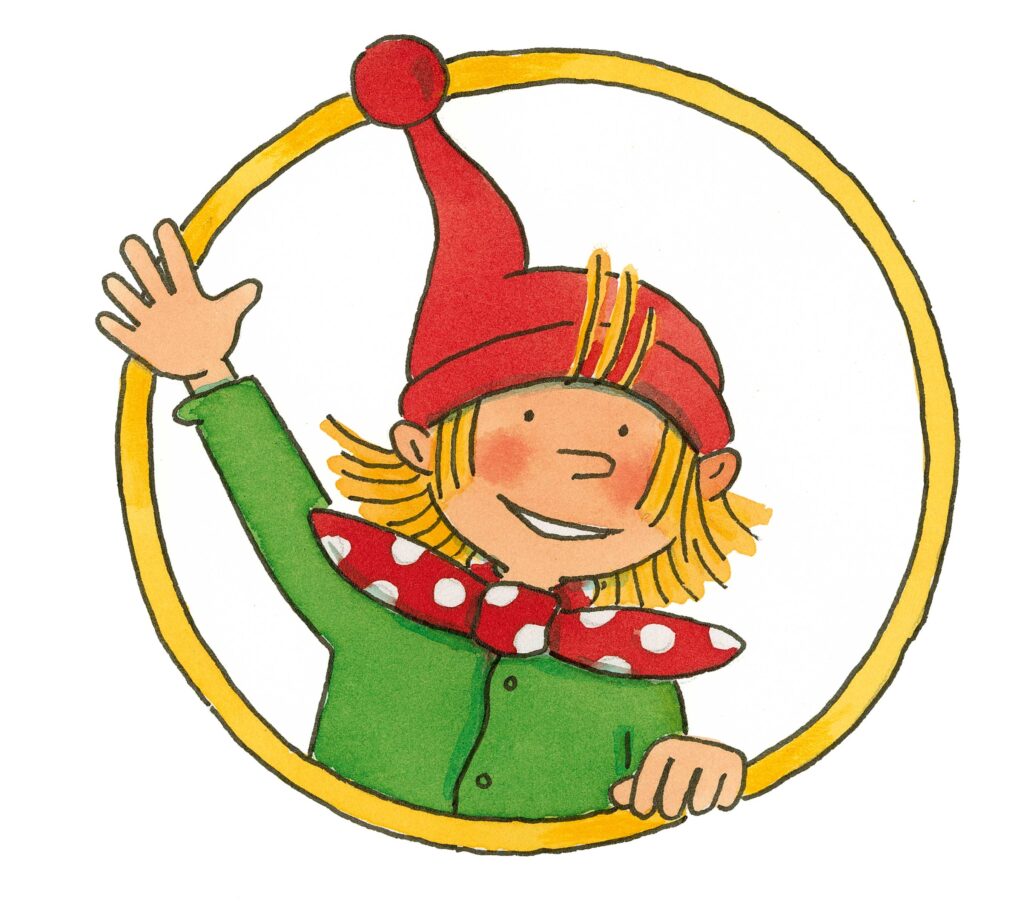
In order to appeal to as many children as possible, Pixis were and are sold not only in bookshops, but also in many other places – usually by the characteristic Pixi character with the book bowl in front of his stomach. The books also stand for the art of telling and illustrating interesting stories in a small format; well-known characters such as Petzi or Conni are part of Pixi.
In 1982, Pixi themselves took shape. The character – a little elf with a pointed cap, green doublet and red boots – was created by illustrator Eva Wenzel-Bürger. Dorothea Tust has been giving Pixi a face since 2003. Pixi has always been recognizable for 70 years. The content and forms of presentation have changed and reflect social developments. However, Per Hjald Carlsen’s goal is as relevant today as it was 70 years ago: Every child should have access to and enjoy books.
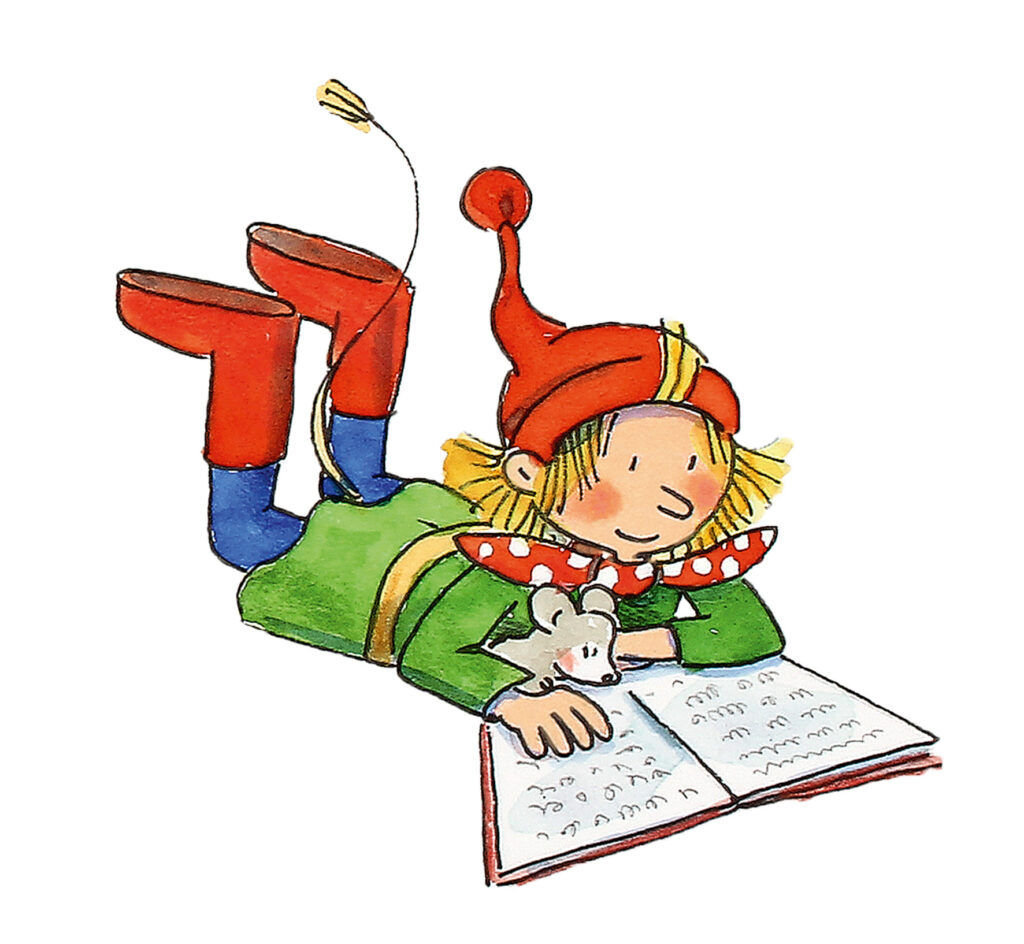
WHAT HAPPENS IN THE EXHIBITION?
Here you can find out how you (and your children) can experience the exhibition. If you have any further questions about visiting the exhibition, please do not hesitate to contact us.
DIVE IN:
Instead of a ball bath, there is a Pixi bath where everyone can look for their Pixi and read it themselves or have it read to them – on comfortable beanbags or in cozy tents.
BE A PART OF IT:
Every Pixi fan can present their favorite Pixi to other visitors and take a selfie with Pixi and his friends Umbärto, Wilma Wildkatze, Hase Langbein, Ricky Waschbär and Erich Igel.
LEARN MORE:
Well-known illustrators are introduced and there are interesting facts about the production of a Pixi as well as videos with the Pixi makers and prominent Pixi fans. The exhibition also sheds light on critical questions.
EVENTS:
CHILDREN’S PROGRAM TO KICK OFF THE LONG NIGHT OF MUSEUMS
April 27, 2024, 5 p.m.
Into the evening with Pixi: “Stories from the Pixi box with Cordula and Rüdiger Paulsen for kindergarten and primary school children.”
You will find further dates for exciting events related to the exhibition here shortly.
Further offers relating to book culture for children and young people can be found here: www.kinderbuchhaus.de
SUMMER VACATION SPECIAL
Small books – small prices!
From August 5 to 19, adults can accompany their children to the Pixi exhibition and pay only €5 or €2 (reduced) admission. Children and young people up to the age of 18 are always admitted free of charge.
All illustrations © Carlsen Verlag / Dorothea Tust
In Cooperation with Carlsen Verlag

Supported by:





